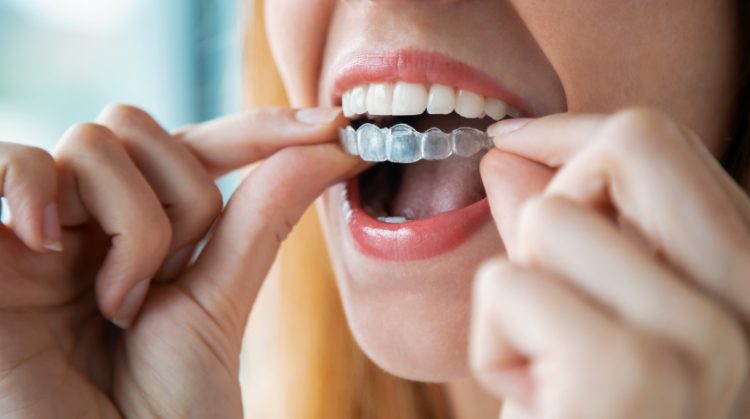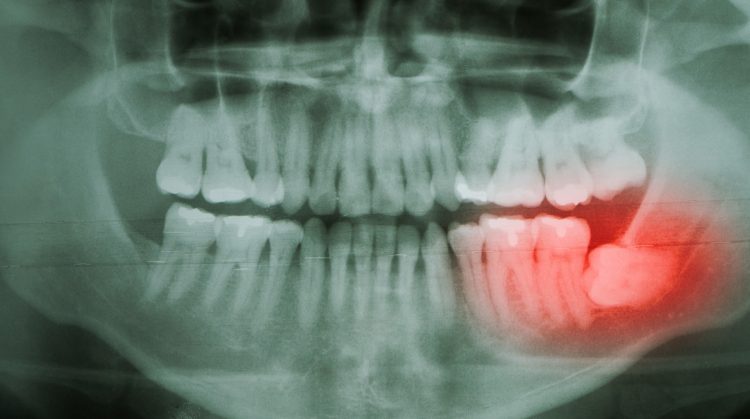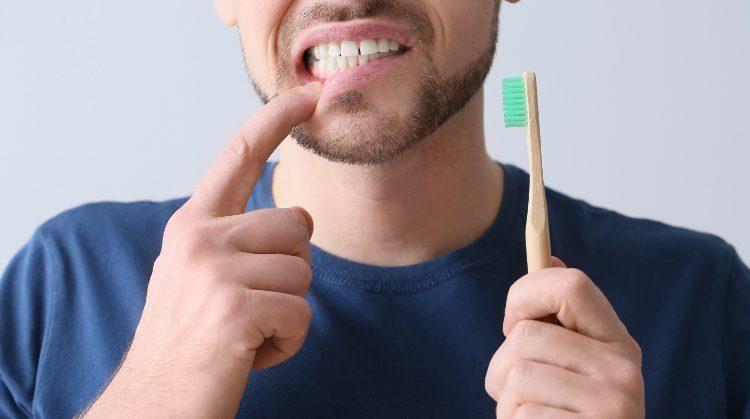If you’re considering straightening your teeth in Kirkland, WA, you may be wondering whether Invisalign or traditional braces are the better option for you. Both treatments can help you achieve a beautiful, aligned smile, but each comes with its advantages and disadvantages. In this guide, we’ll compare Invisalign and traditional braces to help you make an informed decision.
What Is Invisalign?
Invisalign is a modern orthodontic treatment that uses a series of clear, removable aligners to gradually straighten teeth. These aligners are custom-made to fit your teeth and are virtually invisible, making them a popular choice for adults and teens in Moreno Valley who want a discreet orthodontic solution.
Pros of Invisalign
Virtually Invisible: The clear aligners are barely noticeable, making Invisalign a great choice for professionals and social settings.
Removable: Unlike braces, Invisalign aligners can be taken out while eating, brushing, and flossing.
Comfortable: No metal wires or brackets mean less irritation to the gums and cheeks.
Fewer Dental Visits: Requires fewer checkups compared to traditional braces.
Cons of Invisalign
Requires Discipline: Aligners must be worn for 20-22 hours per day to be effective.
Not Ideal for Severe Cases: Invisalign is best for mild to moderate alignment issues, not for complex orthodontic problems.
Cost: Invisalign can be more expensive than traditional braces, depending on your treatment plan.
What Are Traditional Braces?
Braces use metal brackets and wires to shift teeth into the correct position over time. They are a tried-and-true method for correcting a wide range of dental alignment issues, including severe misalignment and bite problems.
Pros of Braces
Effective for All Cases: Braces can correct mild, moderate, and severe orthodontic issues.
No Need for Self-Discipline: Unlike Invisalign, you can’t remove braces, which means they’re working 24/7.
Variety of Options: In addition to metal braces, there are ceramic (tooth-colored) braces for a less noticeable look.
Generally More Affordable: In many cases, traditional braces are more budget-friendly than Invisalign.
Cons of Braces
More Visible: Even with ceramic braces, they are still more noticeable than Invisalign.
Diet Restrictions: Certain foods, like sticky or hard snacks, must be avoided to prevent damage to the brackets.
More Frequent Adjustments: Requires regular tightening and adjustments, which can cause discomfort after each visit.
Which One Is Right for You?
Choosing between Invisalign and traditional braces depends on your specific needs, lifestyle, and budget.
If you prefer a discreet and removable option, Invisalign may be the better choice. It allows you to eat freely without dietary restrictions and makes brushing and flossing easier. However, it requires discipline—aligners must be worn for at least 20-22 hours daily, and forgetting to wear them can delay treatment.
On the other hand, if you need to correct more severe misalignment or bite issues, braces are the more effective solution. Braces work 24/7 because they are fixed in place, ensuring consistent progress. However, they are more noticeable and require some adjustments to your diet and oral hygiene routine.
The treatment time also varies. Invisalign typically takes 12-18 months, while braces usually take 18-24 months, depending on the complexity of the case. Invisalign patients also have fewer dental visits, usually every 6-8 weeks, while braces require more frequent adjustments.
Cost is another important factor. Invisalign can sometimes be more expensive than braces, but costs vary based on individual treatment plans. Many dental insurance plans help cover both options, so it’s best to consult with Juanita Family Dentistry in Kirkland, WA to explore financing options.
For teenagers, Invisalign can be a great option if they can commit to wearing their aligners as instructed. However, if there’s a risk of forgetting or losing aligners, braces may be the better option.
For adults, Invisalign is often the preferred choice due to its discreet nature, making it ideal for professionals and social situations. However, some adults with complex alignment issues may still require braces for the best results.
Conclusion
Both Invisalign and traditional braces are excellent options for achieving a straighter, healthier smile. The best choice depends on your specific needs, lifestyle, and the complexity of your dental alignment. Invisalign offers a discreet and removable solution, while braces provide a more structured and effective approach for severe cases. No matter which option you choose, the most important step is starting your journey toward a confident smile with a trusted professional. At Juanita Family Dentistry, we are dedicated to helping you find the best orthodontic solution for your smile goals.





